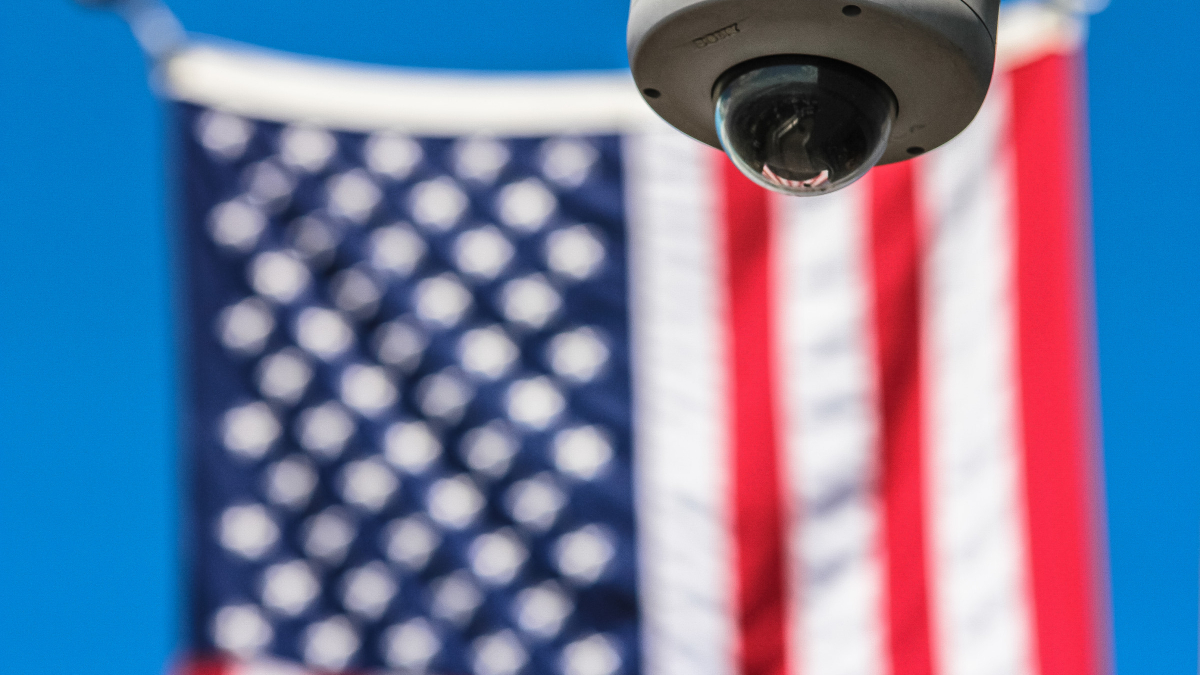When someone files a lawsuit for a personal injury, they are seeking compensation for a few specific damages. This includes medical bills that stem from the injury, any time that might be missed from work, and any damages related to pain and suffering. While both sides might posture during the negotiation process, the reality is that nobody wants to go to trial. If the two sides cannot come to an agreement, then one option that could be used to avoid a trial is called mediation. It is important for everyone to know what will happen when a mediator is used.
What Is Mediation?
First, it is important for everyone to know what mediation is. This is a process where a neutral party is used as a third party, essentially acting as an impartial, objective expert to help understand where both sides are at, what the differences are, and how they can be resolved as quickly as possible. Since neither attorney is impartial, it might be hard for them to put themselves in the shoes of the other side. This is where a mediator can be helpful. If a mediator is used, it is important for people to know what is going to happen and how this process is going to unfold.
What Happens During Mediation?
Usually, the two parties are going to be in separate rooms. The mediator is going to go back and forth, talking with each side, trying to figure out what is up for negotiation and what the sticking points might be. Sometimes, the clients are there with the attorneys. Sometimes, they are at home. Usually, the attorneys will do all the talking. The clients are usually just there to observe. If an agreement is reached, then the two parties will come together, make sure they agree on the same thing, and the case will be settled.
Is a Settlement Always Reached?
The reality is that the chances of settling a case with mediations are higher than settling a case without mediation; however, it isn’t always possible to reach a settlement even if mediation is used. Therefore, it is important for everyone to go into the process of mediation with an open mind.











